How to Choose the Perfect Wood Dining Table for Your Home in 2025
Picking out a wood dining table for your home in 2025 can feel like a big decision. There's a lot to consider, from the size of your dining room to your family's daily habits. Maybe you host big holiday dinners, or maybe your table is where homework and crafts happen most nights. With so many styles, shapes, and finishes out there, it’s easy to get overwhelmed. Here’s a straightforward guide to help you figure out what matters most so you end up with a table that works for your space and your life.
Key Takeaways
- Measure your dining area before shopping to make sure your new table will fit comfortably, leaving enough space for chairs and movement.
- Think about how many people you usually seat and if you need extra spots for guests during holidays or special occasions.
- Pick a table shape and size that matches both your room and your daily routine—rectangular for bigger groups, round for cozy spaces, and consider expandable options for flexibility.
- Choose a wood type and finish that fits your style and can handle your lifestyle, whether you want something rustic, modern, or easy to maintain.
- Look for features like extension leaves, built-in storage, and easy-to-clean surfaces, and keep an eye out for sustainable materials and smart furniture trends in 2025.
Evaluating Your Dining Space for the Right Wood Dining Table
Choosing a new wood dining table can be exciting, but it’s easy to miss the little details that make all the difference. Finding the perfect fit starts with sizing up your real dining area and how you live day-to-day. A table that looks gorgeous online or in the store might not work at all once you get it home. Here are a few things to keep in mind before heading out to shop or clicking “add to cart.”
Measuring for Optimal Fit and Flow
Before you even look at styles, grab a tape measure. You want enough space for everyone to get comfortable and move around without squeezing past chair backs. Here’s a basic guide to keep things simple:
| Table Shape | Min. Room Clearance | Ideal Table Size (for 4-6) | Number of Seats |
|---|---|---|---|
| Rectangular | 36 inches | 60-72 x 36-40 inches | 4-6 |
| Round | 36 inches | 48-60 inch diameter | 4-6 |
| Oval | 36 inches | 60-72 x 40 inches | 4-6 |
- Always allow at least 36 inches between the table edge and any wall, window, or large furniture.
- Double-check doorways and traffic paths so nobody gets stuck or has to shimmy sideways.
- Try using masking tape or boxes to outline the table’s footprint—it’s silly but really helps visualize things.
Considering Seating Needs and Guest Capacity
Ask yourself: How many people eat here every day? And how many show up on special occasions? You don’t want to cram six people at a table meant for four, but you also don’t need a banquet table every night.
- Plan for your everyday family plus 2–3 extra spots for guests.
- If hosting is your thing, expandable tables save the day—no more mismatched folding chairs.
- Check the space under the table for leg room. Fat pedestal bases sometimes get in the way.
For design inspiration and ideas on how to blend table and seating styles, check out these stylish dining room ideas.
Planning for Multi-Use Dining Areas
Many dining spaces today double as kid craft zones, home offices, or study spots. Your table might need to handle breakfast, homework, Zoom calls, and board games—all in the same week.
Here’s how to get the most out of a shared space:
- Think about finish: some woods stand up to kid messes and water rings better than others.
- Storage benches or drawer units can hide away crayons, laptops, or placemats.
- Look for a table shape that allows easy flow from meals to projects—rectangles are usually best for spreading out, but round tables keep everyone close for games or chats.
Making the right space assessment up front saves money and hassle later—plus, your dining area just feels better when everything works together instead of fighting for room or attention.
Deciding on Wood Dining Table Shapes and Sizes
Choosing the right shape and size for your dining table can really change the way you experience mealtime at home. There’s no one-size-fits-all answer, so you’ll want to think through both your space and how you like to use it. Sometimes, just swapping a rectangle for a round table can take your dining room from tight and awkward to actually inviting.
Choosing Between Rectangular, Round, and Oval Tables
Each table shape serves a different purpose—what you pick should truly match your space and daily routine:
- Rectangular tables are the most popular because they fit easily into most dining rooms and seat the largest groups.
- Round tables make it easy to chat with everyone and often work best in cozy rooms or breakfast nooks.
- Oval tables are a softer twist on rectangles and can help with awkward, long rooms by easing traffic flow around corners.
If you’re furnishing an open plan or a small kitchen, consider a round or small square table so guests or family can slide past without bumping a chair. For larger homes or frequent hosts, a big rectangular table leaves room for platters, centerpieces, and extra guests who might just drop by.
Matching Table Size to Room and Lifestyle
Getting the right table proportions matters more than you think. Measure your room, then don’t forget to leave space for chairs and people actually moving around. Here’s a quick guideline for common table sizes:
| Table Shape | Seats | Recommended Table Size | Room Clearance Needed |
|---|---|---|---|
| Rectangular | 6 | 36" x 72" | 36" all around |
| Round | 4-6 | 48" - 60" diameter | 36" all around |
| Oval | 6-8 | 36" x 84" | 36" all around |
- Count your usual diners and add space for two more—just in case.
- Allow at least 36 inches from the table edge to the nearest wall or furniture so people can stand up easily (no awkward shuffling).
- Lifestyle matters: If you’ve got kids, pets, or frequent parties, pick a size with enough elbow room and durable corners.
Even when a table technically 'fits' your room, it should never feel like you have to squeeze past for someone to get in or out. A little extra space for comfort is always worth it.
Benefits of Expandable and Modular Designs
Tables that grow when you need them really have a moment now. Expandable and modular wood tables solve a lot of space and flexibility problems:
- Extension leaves mean you can seat four for everyday dinners, then add more space when guests drop by.
- Modular designs allow you to rearrange or change the look, which is handy for multi-use spaces or growing families.
- Saves money and space—buy once, and your table grows with your needs instead of swapping it out every time your circumstances change.
Stores are full of clever, flexible options right now—you can find a range of smart, adaptable tables at some of the best furniture shops in the UK. If your home is a gathering spot for birthdays or you love spur-of-the-moment dinner parties, expandable tables bring practicality and convenience. Don’t be afraid to go modular, especially if you want your furniture to change along with your needs in 2025.
Selecting the Ideal Wood Type and Finish for Your Dining Table
Let’s be real—choosing the wood type and finish probably feels like the trickiest part. There’s a lot more to it than colors and grain; this calls for thinking about lifestyle, maintenance, and what will actually last in your house. I’ve seen folks jump at a beautiful table, only to regret it after the first juice spill or dog claw mark. Here’s what you actually need to know in 2025.
Popular Choices: Oak, Walnut, Maple, and Reclaimed Wood
Oak, walnut, maple, and reclaimed wood all bring unique personality and features to the table—literally. To get a sense of what’s different, here’s a quick breakdown:
| Wood Type | Strength | Grain/Color | Highlights |
|---|---|---|---|
| Oak | Very strong | Visible, classic grain; light or dark | Great for heavy use, easy to refinish |
| Walnut | Durable | Smooth, deep chocolate; fine grain | Elegant, modern, darker tones |
| Maple | Strong | Soft, subtle grain; light cream | Suits minimal and bright spaces |
| Reclaimed | Varies | Weathered, unique marks | Eco-friendly, full of character |
Each wood has its own vibe. Oak’s the workhorse—if there’s a kid, a pet, or a wild family member tossing elbows, it’s up for the challenge. Walnut feels more high-end and dramatic, while maple brightens up rooms.
- Oak: Classic and adaptable, handles families and spills without stress.
- Walnut: Rich, warm, and a little luxe; fits both Nordic-inspired interiors and cozy traditions.
- Maple: Keeps spaces light; works great with playful or minimal designs.
- Reclaimed wood: Tells its own story—a bit of a wild card, but worth it for the patina.
Natural, Rustic, and Modern Wood Finishes
There’s no shortage of finishes out there. Some folks love the easy-going feel of light neutrals, while others go straight for moody, deep tones.
- Light Neutrals: Light brown, gray, or off-white give your space a breezy, open look.
- Dark Neutrals: Chocolate brown or black finishes draw the eye and feel grounded; they hide scuffs better, too.
- Rough-Sawn & Rustic Finishes: You can feel every groove, which is perfect if you want that laid-back, farmhouse thing.
- Two-Tone: If you want to shake things up, go with a split-color base and top. It’s subtle but unexpectedly stylish.
Finishes can change the whole mood of your room—think of them like the background music to your furniture.
Balancing Durability and Maintenance
Not every table stays beautiful with zero effort. The trade-off between low maintenance and natural character is real, especially if your dining spot doubles as a homework hub.
- Solid Sealed Wood: Best for busy households; easy to wipe, resists stains, still looks natural.
- Distressed or Rustic Finishes: Hides scratches and dings, which means less stress about dents from pots, toys, or shoes.
- Matte vs Gloss: Glossy is pretty but less forgiving with fingerprints. Matte finishes are easy-going and tougher against marks.
Here’s the thing—no table is totally worry-free, but the right wood and finish make life a heck of a lot easier. If you like to keep things hassle-free, lean toward sturdy woods, practical finishes, and sealed surfaces. You’ll thank yourself every time dinner gets messy.
Matching Wood Dining Table Styles to Your Home Décor

Choosing a wood dining table isn’t just about picking any nice piece you find—it's about making sure the style fits right into your home and doesn’t look out of place. Your dining table acts as a visual anchor for the entire dining room, so the wrong style can throw off the room’s whole feel. Here’s how to narrow down the best match for your space, whether you love sleek lines, cozy vibes, or something totally unique.
Blending Modern and Traditional Looks
Mixing traditional and modern styles seems risky, but when done well, it can look really fresh. Here’s what usually works:
- Start with a classic wood table in a simple shape, but add modern chairs in a bold color or a different material (like metal or velvet).
- Choose a table with clean lines and subtle carving or turn a modern shape table rustic with a textured, hand-finished wood.
- Keep accessories minimal so nothing feels too dated or cluttered for 2025 living.
A smart way to blend modern with traditional is to use a wooden table with a natural finish, paired with neutral or unexpected pops of color in the chairs or lighting.
Incorporating Rustic and Farmhouse Aesthetics
Rustic and farmhouse styles still draw a lot of fans, especially as more folks crave warmth and comfort at home. Here’s how you get that look to work but still feel updated:
- Pick tables made with reclaimed or rough-sawn wood—these show every knot and line, making each one unique.
- Go for a finish in gray, whitewash, or natural hues for an airy feel. Or choose rich dark browns for a grounded, welcoming look.
- Chunky, trestle bases and visible tool marks bring the relaxed vibes, but adding streamlined modern chairs can keep the style from feeling too heavy.
Some popular finishes for rustic or farmhouse tables:
| Finish Type | Look & Feel |
|---|---|
| Gray Wash | Airy, relaxed |
| Vintage Amber | Warm, classic |
| Dusty Charcoal | Modern, dramatic |
| Natural Oak | Bright, inviting |
Embracing Minimalist and Industrial Trends
Minimalist and industrial-inspired dining tables are a winner for city apartments and those who want something low-fuss, but they’re also catching on for anyone who just prefers simple lines.
- Choose tables with thinner, straight legs, almost no embellishments, and a single-tone finish like black, walnut, or white oak.
- Industrial means mixing wood with metal—think raw steel hardware or legs, exposed bolts, and reclaimed materials.
- For the true minimalist, a seamless wood slab without visible joins looks stunning. Lighter wood tones like maple or pale ash can enhance the simplicity.
With minimalist tables, less is more. Let the quality of the wood and the construction take center stage rather than crowding the table with extras.
If you’re searching for the best places to shop for wood tables that suit every style—modern, farmhouse, industrial, and more—explore high-quality online furniture shops, many of which have unique options from ethical sources and in styles that are trending for 2025.
No matter your aesthetic, what really counts is that your dining area has a style that feels like home and fits the way you really use the space—whether that means daily meals, weekend jams with friends, or just a spot for working and school projects. A table with the perfect look will make all those moments feel a little more inviting.
Exploring Functional Features for Today’s Wood Dining Tables
If you're in the market for a new wood dining table this year, it’s not only about how the table looks. Practical features can really make or break the day-to-day experience of using your dining space. Let’s look at what’s stood out in 2025 for families, hosts, and anyone who just wants their home to work better.
Extension and Leaf Options for Flexibility
If you like hosting but don’t want a giant table all the time, extension tables are a real lifesaver. From hidden butterfly leaves to slide-out panels, these designs make it simple to add seats for a holiday dinner, and then scale back for normal nights. Popular options this year include:
- Butterfly leaf mechanisms that tuck away inside the table
- Drop-in leaves you can store elsewhere
- Sliding end extensions for quick setup
This table sums up some popular extension types and how many extra seats they usually add:
| Extension Type | Added Seats | Storage Location |
|---|---|---|
| Butterfly Leaf | 2 | Inside the table |
| Removable Drop-in Leaf | 2-4 | Closet/Garage |
| Sliding End Extensions | 2 | Built-in (under table ends) |
A flexible table means you're always ready for both spontaneous guests and quiet evenings, no matter how your week shapes up.
Built-in Storage Solutions
It’s not just desks and beds getting smarter—dining tables are following suit. More tables now come with handy drawers, shelves, or even built-in wine racks. These come in handy for:
- Storing placemats, napkins, or cutlery right where you need them
- Keeping salt, pepper, or candleholders out of sight but within reach
- Freeing up precious kitchen storage
If your dining area doubles as a homework station or your table piles up with clutter, these extra features are worth considering. For inspiration, some of the best furniture stores now highlight these storage-savvy tables in their latest collections.
Easy-to-Clean and Kid-Friendly Surfaces
Spills and sticky fingers are just part of real life, especially if you have kids (or clumsy adults—no judgment). The best dining tables for 2025 often feature:
- Water- and stain-resistant finishes
- Durable lacquers or oil-wax coatings
- Rounded corners for safety
Choosing a finish that wipes down quickly saves time and headache. Some wood tables have specially engineered topcoats that fend off markers or juice stains. Trust me: a finish you can wipe in two seconds is a game changer.
In the end, picking a wood dining table isn't just about a pretty surface. Thinking through these practical features now saves you a lot of hassle down the road, no matter how messy your life gets.
Sustainable and Trend-Forward Choices for 2025

The Rise of Sustainable and Eco-Friendly Woods
Sustainability is more than just a buzzword right now—many people are genuinely thinking about the long-term effects of what they buy, especially when it comes to bigger purchases like dining tables. Wood tables made from reclaimed sources, responsibly harvested forests, or fast-growing options like bamboo are gaining popularity. These tables bring warmth to your space while ensuring your home has a lower environmental impact.
Here are a few popular eco-friendly wood choices in 2025:
- Reclaimed barn wood (every piece has a story)
- FSC-certified oak and maple
- Bamboo for something a little different
- Local hardwoods, which bring a regional flavor and support local industry
| Wood Type | Sustainability Level | Typical Look | Maintenance Needs |
|---|---|---|---|
| Reclaimed Barnwood | High | Rustic, Weathered | Moderate |
| FSC-Certified Oak | High | Classic, Versatile | Low |
| Bamboo | High | Modern, Light | Moderate |
| Local Hardwoods | Varies | Unique, Regional | Low |
Choosing a sustainable wood table isn’t just trendy—it’s a way to make your dining area feel more personal and full of purpose.
Customization and Bespoke Table Options
Let’s be honest: finding a table that feels just right can be tough. That’s why custom and made-to-order tables are having a moment. People want a table that fits their space, tastes, and sometimes even their family traditions.
- Pick a specific wood species or even combine woods for a unique look
- Choose custom stain or finish to match your kitchen or living space
- Ask for size tweaks—maybe a bit narrower or longer to fit an odd-shaped room
- Tables with removable leaves, benches that tuck underneath, or special "child-safe edges" are getting more common
Customization isn’t just about picking colors. It’s about creating a piece that works in your life now and can evolve as your needs change (like when your family grows or your taste shifts).
Integrating Smart Features in Dining Furniture
The dining space has become smarter, but we’re not just talking about USB ports in everything. In 2025, tables might include seamless touch controls for lighting, or even charging pads built into the wood. Some high-end tables come paired with energy-efficient, dimmable lighting, which can help set the mood for dinner parties or early morning coffee breaks.
Other emerging tech-focused features:
- Wireless charging spots hidden in the tabletop
- LED under-table lighting for ambiance
- Built-in speakers or voice-controlled assistants
Remember, the goal isn’t to make your dining space feel like a spaceship. Tech features should actually make life easier, not distract from the coziness and conversation that happens around the table.
Smart dining furniture doesn’t need to be flashy—a few well-chosen features can offer comfort and convenience without getting in the way of real connections.
Budgeting for a Quality Wood Dining Table Investment
When you're ready to buy a wood dining table, it's not just about picking a style you love—it's also about finding the right balance between cost and quality. A good dining table can feel like a big purchase, but it's worth thinking of it as an investment that can last years, even decades.
Understanding What Affects Price Points
A few key factors influence wood dining table prices:
- Wood Type: Solid hardwoods like oak, walnut, and maple cost more, while manufactured or veneer options are cheaper.
- Construction & Design: Handcrafted or designer tables, especially those with intricate details or unique shapes, fetch higher prices.
- Size & Seating Capacity: Larger tables for eight or more people naturally cost more due to size and extra materials.
- Features: Add-ons like extension leaves or built-in storage push the price up.
Here's a simple table to get a sense of what you'll spend:
| Range | Price ($USD) | Typical Materials | Features |
|---|---|---|---|
| Budget-friendly | $100–$500 | Veneer, engineered wood | Simple design, limited features |
| Mid-range | $500–$1,500 | Solid wood, some designer details | Modest extensions or storage |
| High-end | $1,500–$5,000+ | Premium hardwoods, advanced craftsmanship | Customizable, large sizes, unique finishes |
Even at mid-range, you can find timeless, beautifully crafted pieces like the Ethnicraft Pi Solid Wood Dining Table that balance longevity and design—sometimes even on sale.
Choosing Long-Term Value Over Short-Term Savings
It might be tempting to buy the cheapest table you see, but it's worth thinking about a few things before you swipe your card:
- Solid wood holds up against everyday wear in a way that cheap veneers never do.
- Lower-priced tables might wobble or crack far sooner than you'd like, leading to more replacements down the line.
- Investing up front in good materials and sturdy craftsmanship pays off in fewer headaches.
You don’t need to break the bank if you’re patient and selective. Check reviews, scan for sales, and don’t rush. Tables with classic designs usually stay stylish across redecoratings.
Finding Deals from Reputable Retailers
Nobody wants to regret a big furniture purchase. Here are some things to look for when shopping:
- Warranty or Return Policy: Gives you peace of mind on a bigger-ticket item.
- In-person Inspections: Some retailers let you view the floor model. Always do, if you can!
- Online Sales & Clearances: Catching holiday sales will stretch your dollars (think President’s Day, Memorial Day, even early Black Friday in October).
- Reputation: Stick with well-known sellers or local craftsmen who stand by their work.
If your dream table feels just out of reach, there are often payment plans or layaway—and it’s always fine to ask about upcoming sales or package deals. Shopping smart, you can make sure the table you bring home really is the centerpiece of your dining space.
Planning your budget for a long-lasting wood dining table is smart. You don’t have to spend a lot to get great quality. It’s all about finding the right balance between price and style. Ready to give your dining area a fresh look? Visit our website and see how easy it is to find the best table for your home.
Conclusion
Picking out the right wood dining table for your home in 2025 doesn’t have to be overwhelming. It’s really about what fits your space, your style, and your daily life. Think about how many people you usually have over, how much room you’ve got, and what kind of vibe you want in your dining area. Wood tables come in so many looks—classic, modern, rustic, you name it. Don’t stress too much about getting it perfect; sometimes the best table is the one that just feels right when you see it. And hey, if you’re still not sure, go check out a few in person, run your hand over the surface, and picture your family or friends gathered around. At the end of the day, your dining table is where memories are made, so pick one that you’ll love for years to come.
Frequently Asked Questions
How do I figure out what size wood dining table fits my space?
Start by measuring your dining room. Make sure there's at least 35 inches between the table and the walls or other furniture so people can move around easily. This helps your dining area feel open and comfortable.
What shape of wood dining table is best for small rooms?
Round tables work great in small spaces because they take up less room and make it easy for everyone to see each other. Square tables can also fit snugly in corners or breakfast nooks.
Which wood types are most popular for dining tables?
Oak, walnut, maple, and reclaimed wood are all top choices. Oak is tough and classic, walnut looks rich and dark, maple is light and bright, and reclaimed wood is eco-friendly with lots of character.
How can I keep my wood dining table looking good for years?
Wipe up spills quickly, use placemats or coasters, and clean the table with a soft, damp cloth. Avoid harsh cleaners. For extra protection, consider a table pad or a custom-fitted cover.
Are expandable dining tables a good idea if I have guests sometimes?
Yes! Expandable tables are perfect if you sometimes need more space. You can make the table bigger for holidays or parties, then shrink it back down for everyday use.
What should I look for if I want a table that's both stylish and eco-friendly?
Look for tables made from sustainable or reclaimed wood. These options are better for the planet and often have a unique look. You can also check if the table is made with non-toxic finishes or comes from a company that cares about the environment.


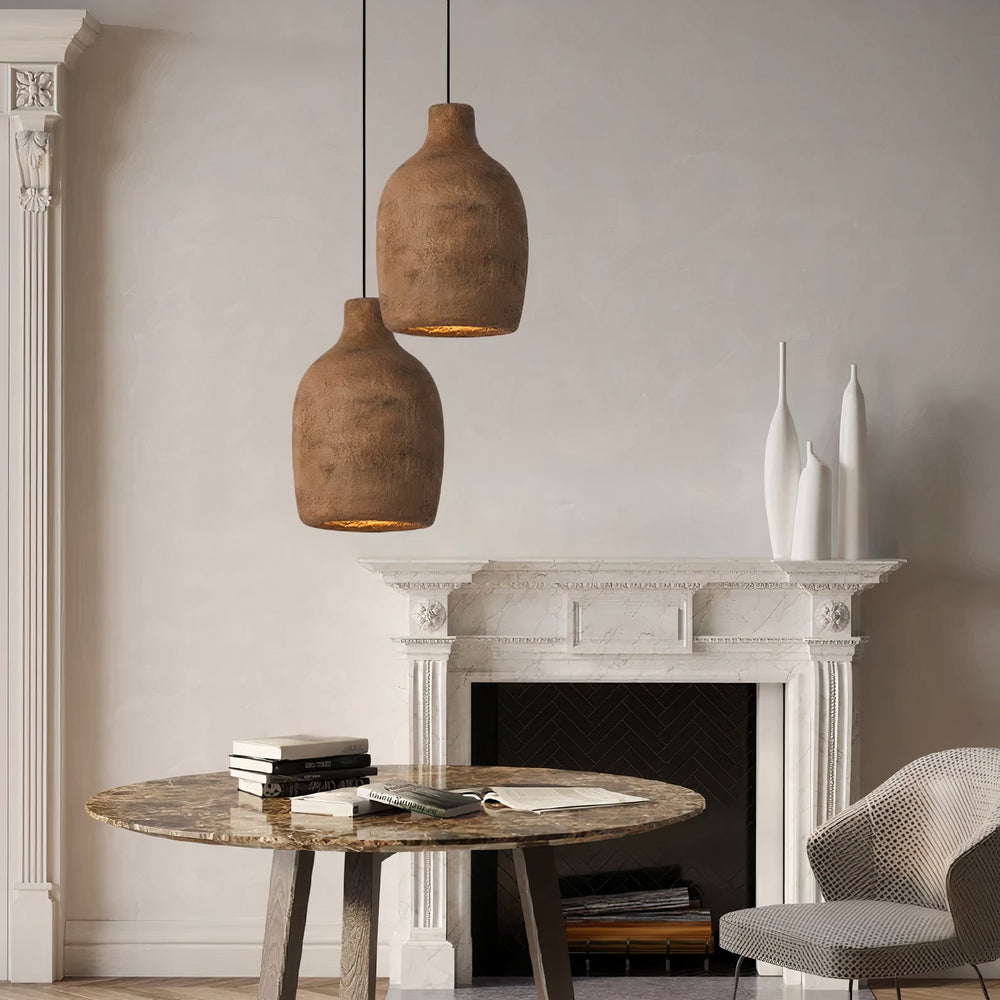
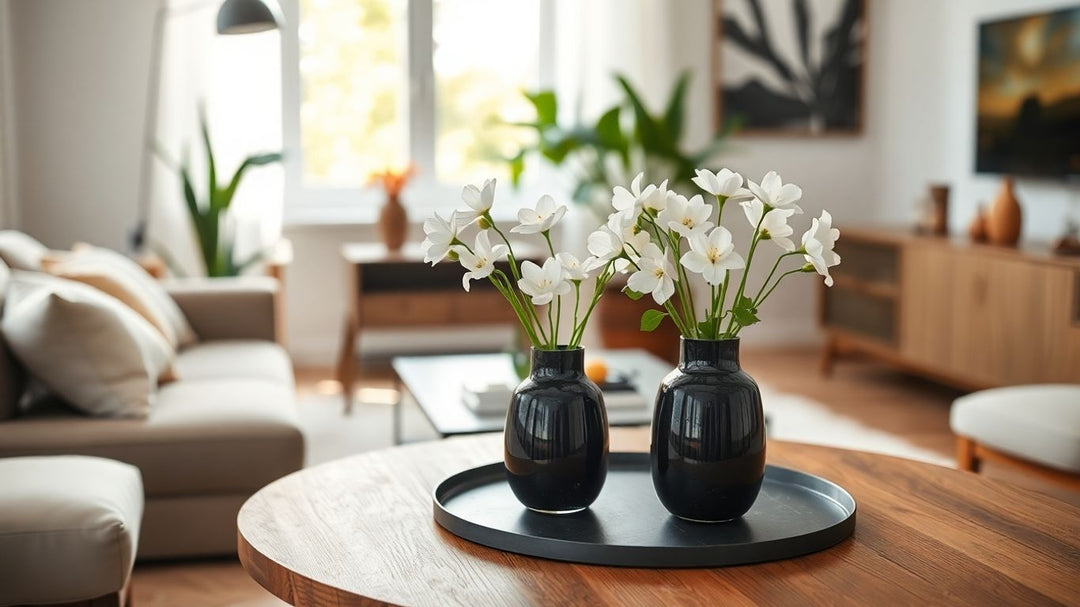
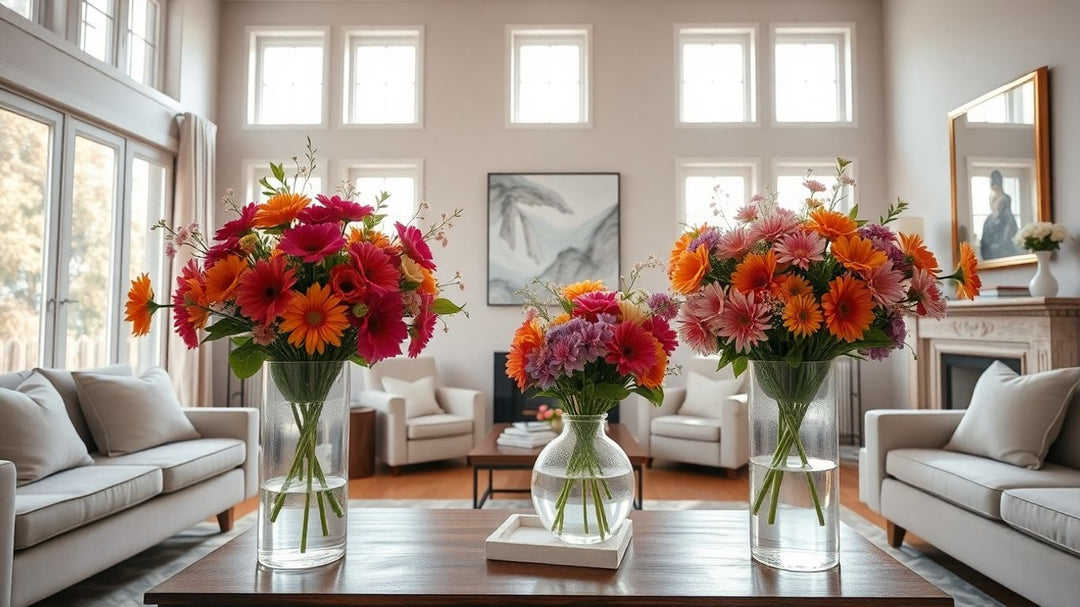
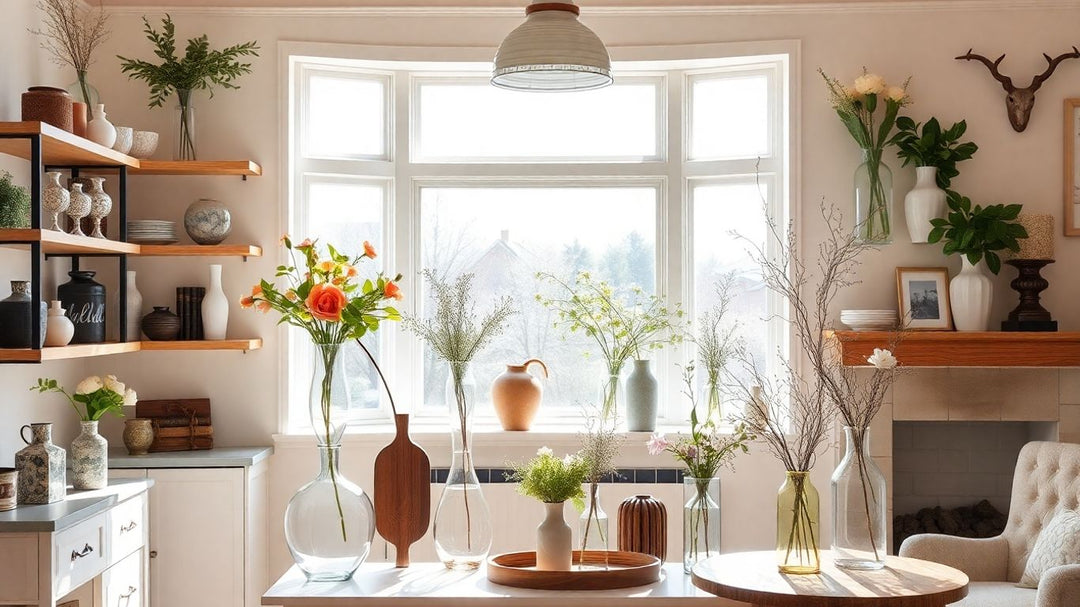
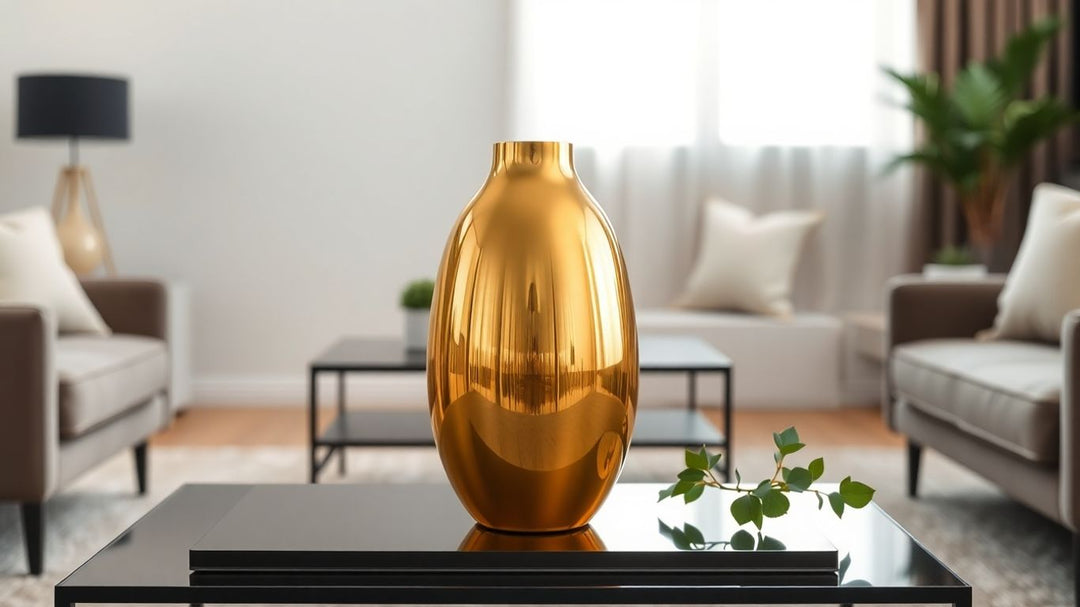
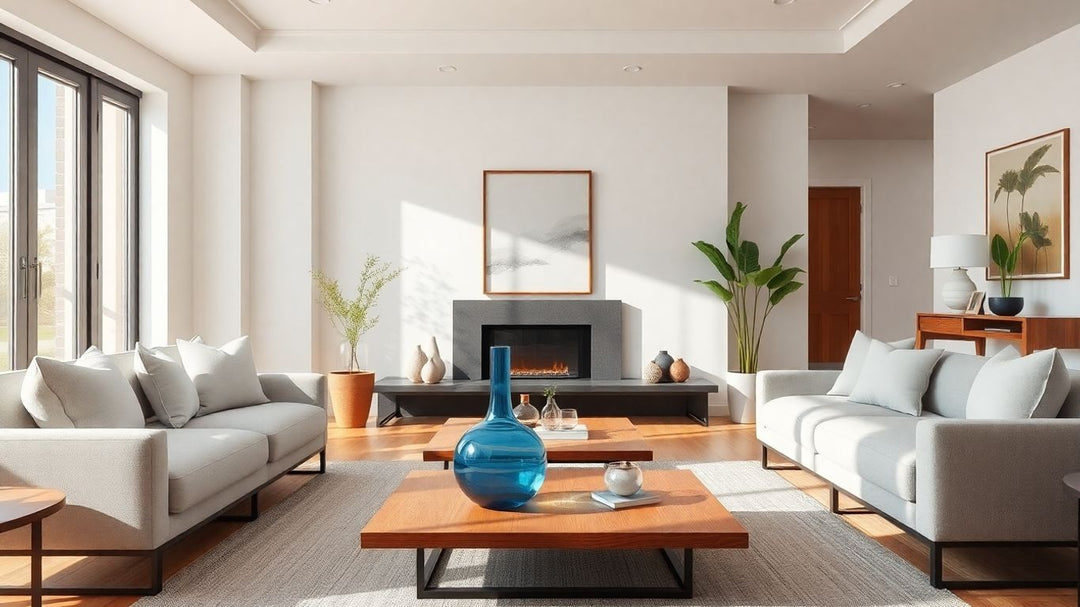
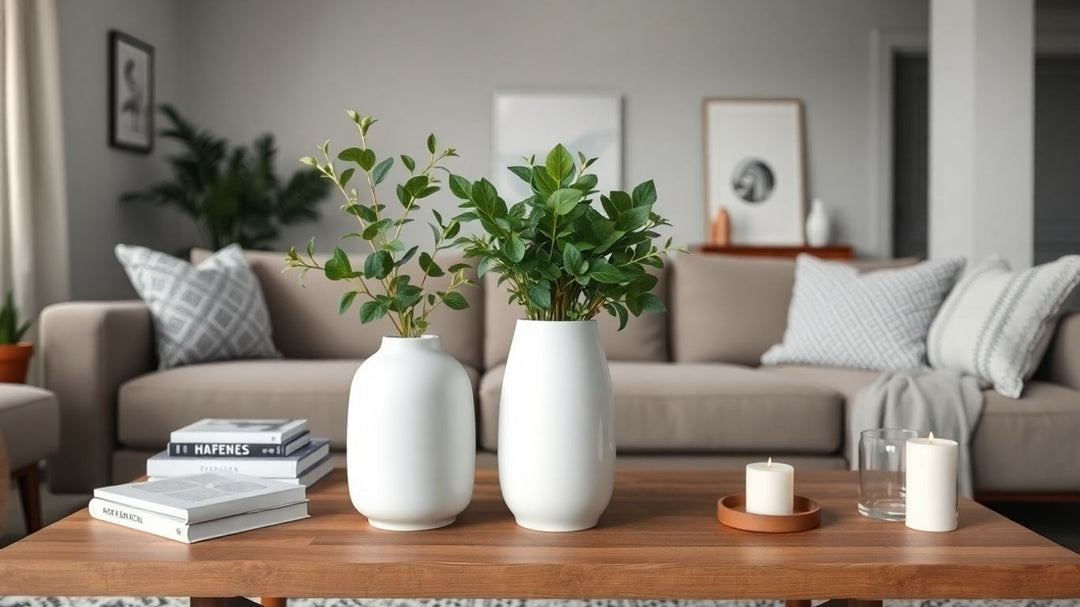
Leave a comment